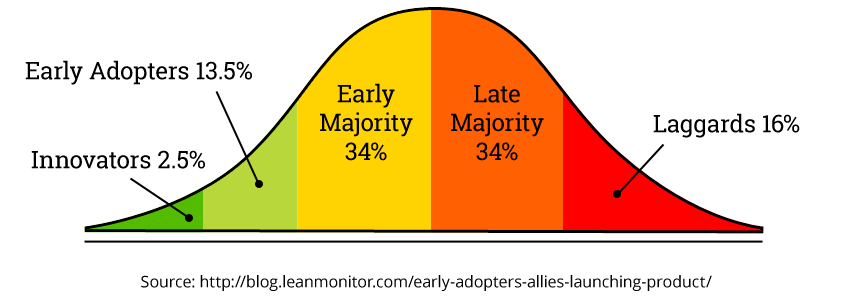Training Technologies and a Five-Generation Workforce
All Resources

Employee training programs have an ever-increasing number of information-delivery platforms to choose from. The classic paper and ink and the widely popular PowerPoint are most recently met with videos, interactive online games, and the continual advancement of virtual and augmented reality technology. So often we find our clients in a state of “paralysis by analysis,” to use the old cliche. Which technology is best? What type of training produces the highest ROI? How do I get my workforce to engage with the training?
While all technology may be available, training for your workforce will look vastly different than the next company. Sure, the topic plays a large role in which platform you use, but we would argue that the biggest factor is hands down your intended audience – your workforce. Understanding how your workers process information and what motivates them will give you everything you need to determine your training technology.
According to E.M. Roger’s Diffusion of Innovation Theory, all individuals fall within 5 categories of adopting a new idea, behavior, or product – or in this case, a training technology. You have your innovators, early adopters, early majority, late majority and the laggards.

But shy of surveying your entire workforce for where they may fall within this graph (relying heavily on acute self-awareness), it is nearly impossible for a company to know exactly how comfortable their team is with technology as a whole.
That is why we look to understanding our workforce by generation. There are outliers within each generation who fall well outside the technology adoption average of their group, but understanding the ease of technology for each age group is a quantifiable way companies can address their technology integration for training.

Applying each of the five generations we have within the workforce to a parallel adoption category will enable you to make informed decisions on the training technology you may want to employ. Mobile apps and platforms, for example, will be well received among your Generation X and younger workforce and can be deployed with little education on the technology itself. Though we can’t count our Baby Boomer and GI Generations out for mobile technologies just yet! Their determination and competitive nature will help you bridge the technology gap – it may simply take a little extra education on the delivery platform itself.
For more information on using VR technology for the Baby Boomer generation, check out our podcast on Baby Boomers in a Millennial Learning Environment.
